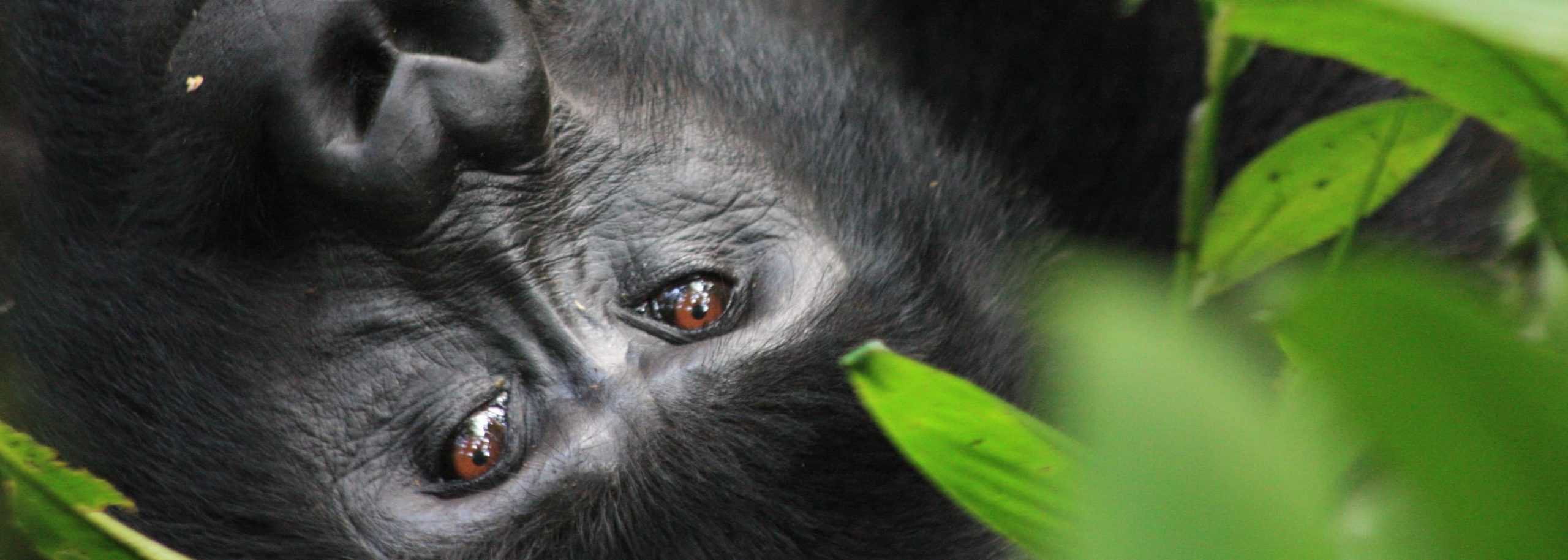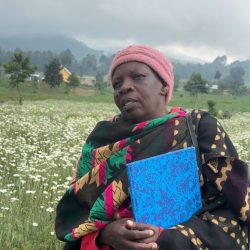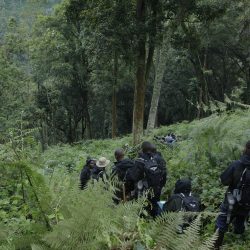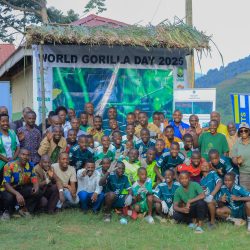Community Members Restore 8 Acres of Deserted Nombe Hill
Blog | 5/11/25
“The hill looked infertile. It was challenged by water run-offs and soil erosion, we didn’t think it would work. So, we deserted it for the lowlands,” Andrew Nkurunziza a community member in Nombe.
Andrew says for a long-time community members struggled with infertile soils, low yields, and hunger. They lacked knowledge of how to conserve and maintain their gardens until recently when they introduced climate smart agriculture and Nature Based Solutions under the Climate Adaptation and Protected Areas initiative.
In May 2025 about four hundred and forty-six members of Nombe Church of Uganda Child Development Centre (CDC) and other community members and district extension staff embarked on the restoration of some deserted church hills in the village. This followed a series of key stakeholder planning meetings organized and chaired by IGCP where a SWOT analysis of all nature based solutions was done and Nombe hill was identified for restoration. The purpose of this was to restore soil fertility, forest cover and address malnutrition and food insecurity in the community.
“If you don’t conserve your resources today, you will have no food in the future,” Esau Turyazayo, member CDC.
Before CAPA restoration intervention, the hill had only 04 avocado trees and 01 guava fruit tree but today the project has planted over 230 agroforestry trees of 05 species, 301 high value fruit trees of 11 species, and quick growing fodder for livestock. In their restoration efforts the members jointly cleared the surrounding church hill – picked all the plastics and polythene on the land and cut down bushes. The members then put gulleys and trenches and planted setaria grass bands to manage the water run-offs and soil erosion. Community members collected and applied manure and then planted over 300 banana suckers and yams and a variety of vegetables including egg plants, garden eggs, Sukuma, among others.
Once a dumping site, the hill is now a beautiful sight, the planted fruits, bananas and vegetables are steadily growing and look amazingly healthy. Not only have the members restored the hill, but they have replicated the same climate smart agriculture interventions at household level.
About 400 meters of water retention trenches on the hill have been dug to address soil erosion. Commenting on the quick wins so far, Esau says soil erosion was immediately controlled, and the members have started harvesting and eating vegetables like dodo, Sukuma and egg plants. According to Esau, the restored hill is going to serve as a demonstration site for the church and the rest of the villages. Esau is also optimistic that they will harvest big from this hill because of all the smart climate agriculture practices undertaken and that food security, malnutrition and household incomes will consequently improve too.




